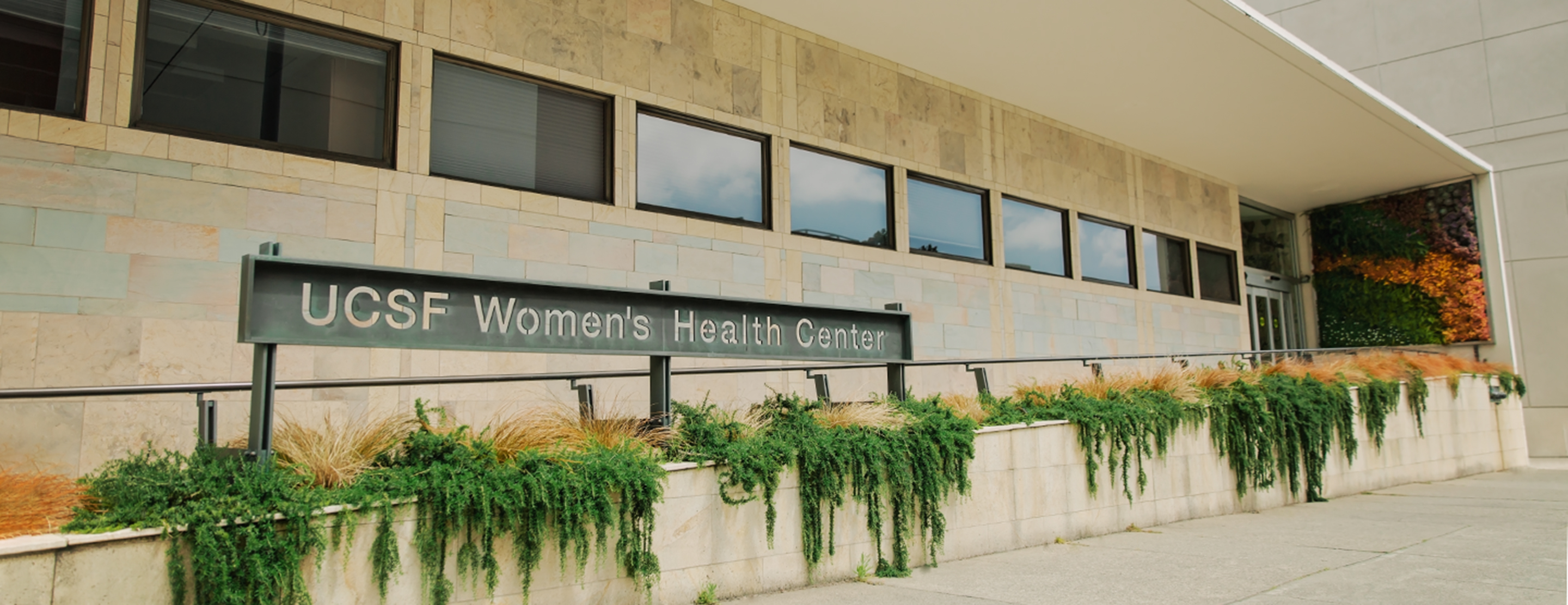
Reproductive Surgery in Women
Some women have difficulty conceiving because of problems in their reproductive system. These range from a birth defect of the uterus to conditions such as polyps, fibroids or endometriosis.
If such a condition is found during your comprehensive fertility evaluation, you may need surgery to correct the problem. Some of the surgical procedures available to UCSF patients are described below.
Hysteroscopy
Hysteroscopy is a procedure in which a small, telescope-like instrument is inserted directly into the uterine cavity. The scope allows the surgeon to visualize the uterine cavity and to diagnose conditions such as uterine septum — protrusion of the upper wall of the uterus into the cavity — scar tissue, uterine polyps, endometriosis or uterine fibroids.
Depending upon the severity of the condition, this procedure can be performed either in our offices or in the operating room. Hysteroscopy allows diagnosis and, most often, resolution of the anatomical problem. This is an outpatient surgery and doesn't require an overnight stay in the hospital.
Laparoscopy
Laparoscopy allows doctors to view and assess the pelvic organs. During the procedure, a small, telescope-like instrument is inserted through the belly button, with additional small instruments placed strategically through the abdominal wall. Some of the conditions that may be found with laparoscopy include endometriosis, tubal damage, hydrosalpinx (a fluid-filled fallopian tube), scar tissue, uterine fibroids, ovarian cysts and tumors.
Laparoscopy is an outpatient procedure and the surgeon can often correct the problem during the assessment. Before surgery, the patient undergoes an ultrasound to look for any potential defects.
Laparotomy
In laparotomy, the surgeon makes an abdominal incision to access the abdominal and pelvic cavities. Typically, this procedure has a longer recovery time because the incision is made through the muscles and the fascia protecting the abdominal and pelvic organs. Sometimes, however, the surgeon is able to perform a mini-laparotomy using a much smaller incision, and the patient may leave the hospital after a short observation period.
Laparotomy allows surgeons to deal with larger pelvic problems such as uterine fibroids, extremely large ovarian cysts, or a ruptured ectopic pregnancy with uncontrolled hemorrhage. The decision to proceed with a laparotomy will be discussed in detail before a planned surgery so the patient understands the risks and benefits.
UCSF Health medical specialists have reviewed this information. It is for educational purposes only and is not intended to replace the advice of your doctor or other health care provider. We encourage you to discuss any questions or concerns you may have with your provider.













